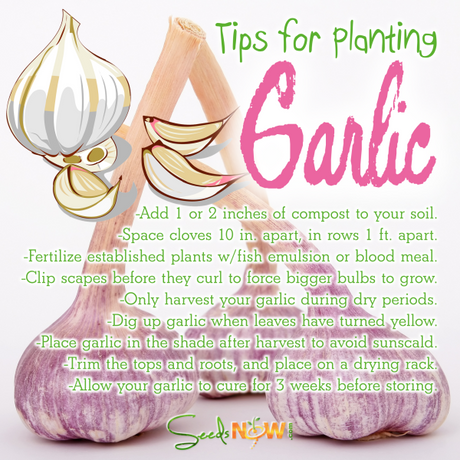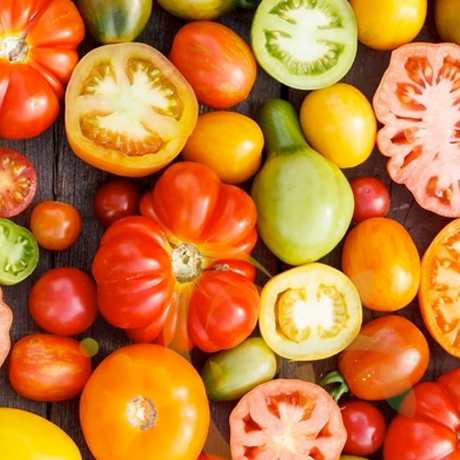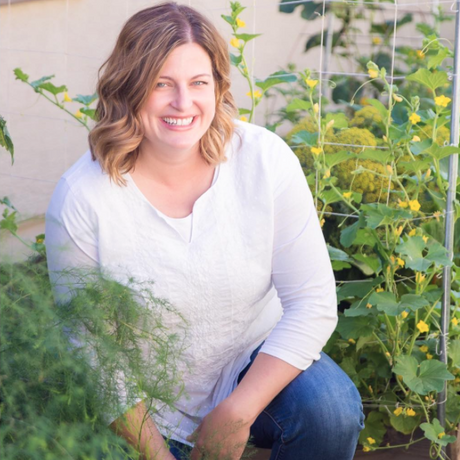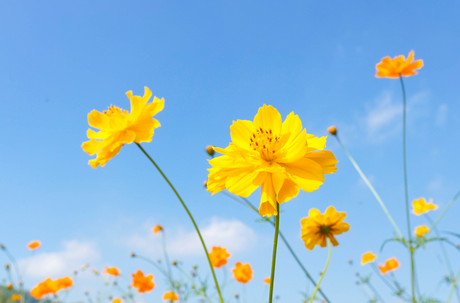|
About Cauliflower
Cauliflower is an annual cool-season crop, half-hardy to frost and light freezes. To prevent spreading clubroot and other soil-borne diseases, don't compost any brassica roots. Pull and destroy all infected plants. Also rotate brassica plants on at least a 3 year basis, preferably on a 7 year basis.
The plant has broad green-blue foliage that develops a central flower head. This increases in size to a large, cabbage-sized head of condensed flowers. By tradition the head is blanched (covered from the sun) to bleach it white. Spacing between plants determines head size: the closer together, the smaller the head. When heads start forming, prevent yellowing by tying several upright leaves loosely together with string, covering the rest of the head from direct exposure to sunlight.
The trick to cauliflower is to keep it growing steadily once the seedlings are planted outdoors. So much, however, depends on proper growing weather - ideally, a cool, long, sunny season with ample moisture or irrigation. When the center begins to develop a tight flower head about the size of a McIntosh apple, loosely tie the outer leaves with twine. Do not tie too tightly, as there must be some air circulation. This will cause the flower head to bleach white in about 1 to 2 weeks.
When to Plant
Cauliflower can be difficult to grow as a spring crop because it tends to bolt in the heat. It is generally easier to grow as a fall crop for this reason. It is the most sensitive of the brassicas to frost. Cauliflower should not be transplanted outdoors until all danger of frost is past, unless covered. It also needs to mature before hot summer weather arrives. A compromise might be to choose an intermediate starting date and cover the plants when set out to protect them from the cold. For fall crop, start seed in mid-June to set out transplants in late July. Allow 2 to 3 months growing time before first frost.
How to Plant
In rows 2 1/2 to 3 feet apart, with 2 feet between plants. Plant transplants 1" deeper than they were grown in starting pots, and cover with netting to protect from pests.
How to Harvest
Cauliflower is ready to harvest in approximately 60-80 days from transplant date. As soon as the compact head is formed and blanched, it should be cut off with a sharp knife, along with several of the leaves for protection. The head should look full, and will likely be slightly smaller than supermarket varieties. Harvest when the curds of the head are still smooth. If too many heads ripen at once, cut them anyway and store in a cool, dark place for several weeks. Ripened heads left on the plant will rot and deteriorate rapidly.
|

















































